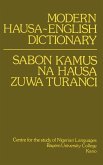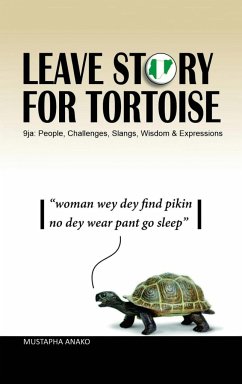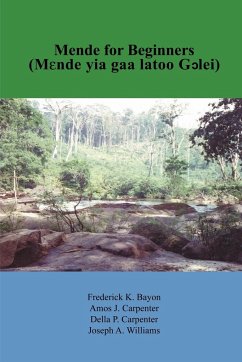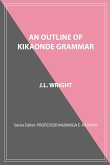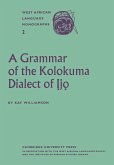This publication is the second edition of the Oromo Textbook. It is designed to teach the Oromo language to those who can speak the language but are unable to read it; for those children who were born and live outside their homeland; and for those who are interested in learning one of the major languages of Africa. The Oromo language is spoken by close to 40 million people in Ethiopia and northern Kenya and is the second or third largest language in Africa. It is a testament to the resilience of the Oromo language and how it survived over a century of Abyssinian onslaught and suppression. By reading this handbook one can grasp aspects of Oromo culture, systems of thought the principle of social organization and the art of communication. Rare among Oromo educational material, this volume reads smoothly; from learning the sounds of Oromo alphabets also known as "qubee," to reading, and understanding the Oromo language. This work is distinct because it brings out the Oromo oral tradition. It is loaded with specific ways Oromos learned, thought, and preserved their language and culture, the essence of their Orommumma (Oromomness). This book strives to fill the void of Oromo educational material not only in North- America, but also in Oromia (Ethiopia), where teaching and learning the Oromo language outlawed by successive Ethiopian regimes and not sufficiently developed under the current government. This book will undoubtedly emerge as a conversation and discussion piece in the learning and teaching of the Oromo language, Oromo history and tradition of the Oromo people.


